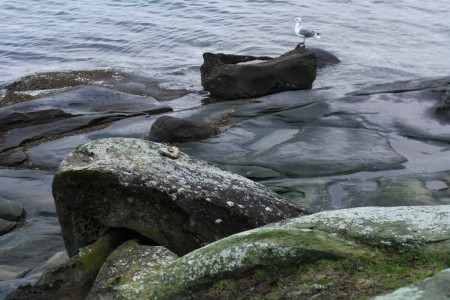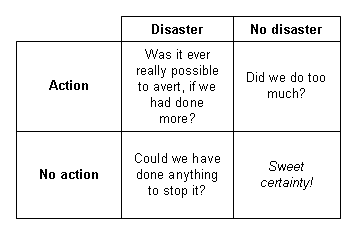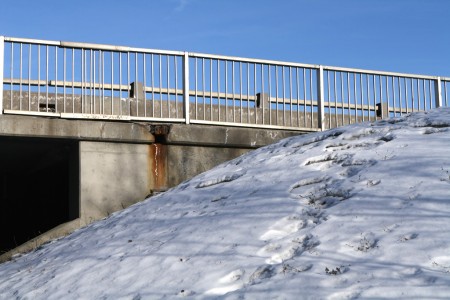Bill Gates has brushed up against climate issues before. First, he apparently considered investing in the oil sands. Later, he invested $4.5 million of his own money in geoengineering research.
Most recently, he gave a talk at the TED conference advocating that developed countries and China cut greenhouse gas emissions to zero by 2050 (producing an 80% overall reduction), and do so largely on the basis of nuclear power. He thinks fast breeder reactors capable of using U-238 are the way forward, given how much more fuel would be available. His favoured version of breeder reactor is the traveling wave reactor, which is theoretically capable of using little or no enriched uranium.
Emissions equation
Gates argues that the key equation is: (population) X (services) X (energy use for services) X (greenhouse gas intensity of energy). To get down to zero, one of these elements needs to be reduced to that level. He argues that more services are important, especially for the world’s poor. Efficiency, he argues, can be improved quite substantially – perhaps increased three to sixfold, overall. The real work, he argues, needs to be done by cutting the GHG emissions associated with energy production to near zero.
Energy options
Gates argues that the energy systems of the future will need massive scale and high reliability. He singles out five he sees as especially promising, though with significant challenges:
- Carbon capture and storage (CCS) – hampered by cost, access to suitable sites for injection, and long-term stability of stored gases (the toughest part)
- Nuclear – with its cost, safety, proliferation, and waste issues
- Wind
- Solar photovoltaic
- Solar thermal – all three limited by land use, cost, transmission requirements, and the need for energy storage to modulate fluctuations in output
Four others he describes as potentially able to make a contribution but decidedly secondary in importance:
- Tide
- Geothermal
- Biomass
- Fusion
I agree that fusion is a long shot that we cannot count on. I am more optimistic than Gates about the other three. Pumped tidal power could provide some of the energy storage he sees as so important. Enhanced geothermal looks like it has a lot of promise. Finally, combined with CCS, burning biomass offers us a mechanism to actually draw carbon dioxide out of the atmosphere and bury it.
The big picture
Cutting from the world’s current global emissions of about 26 billion tonnes (gigatonnes) of CO2 down to zero will require enormous activity. Quite possibly, nuclear will need to be part of that, despite its many flaws. That said, we need to be hedging all of our bets. One big accident could put people off nuclear, or fast breeder designs could continue to prove impractical. We need to be deploying options like huge concentrating solar farms in deserts and massive wind installations at the same time.
It is also worth noting that Gates’ assumptions about the rate at which emissions must be reduced are more lenient than those like James Hansen who are more concerned about when massive positive feedbacks will be kicked off. If the people who say we need to stabilize at 350 ppm are correct, Gates’ prescription of a 20% cut by 2020 and an 80% cut by 2050 will be inadequate to prevent catastrophic or runaway climate change.
Gates talks about this a bit during the questions. There are two risks: that his assumptions about the speed with which emissions must be cut are too lenient, or that his beliefs about the pace of technological development and deployment are overly optimistic. He thinks geoengineering could “buy us twenty or thirty years to get our act together.” Here’s hoping we never have to test whether that view is accurate.







